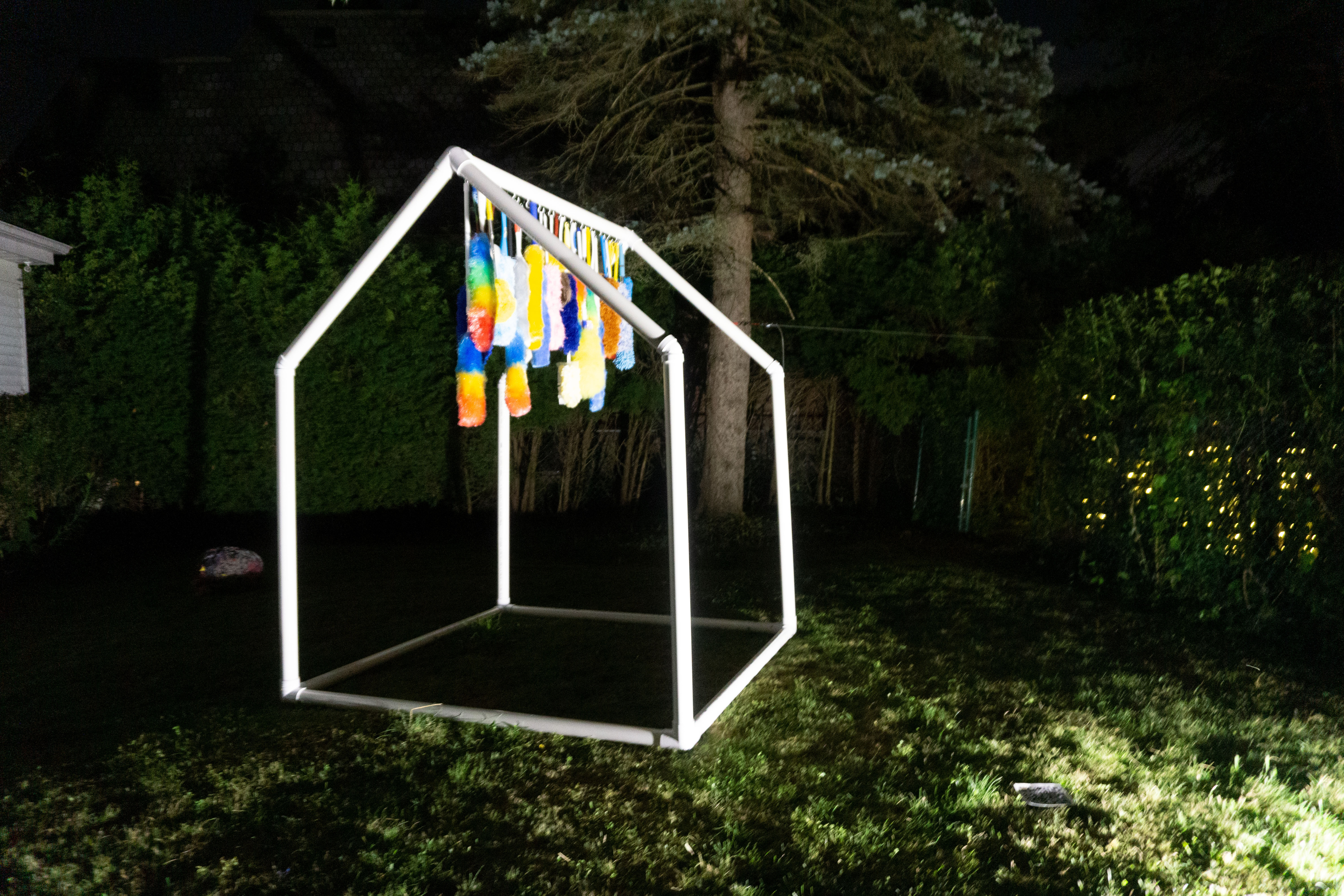Collecting Dust takes the minimalist goal of reducing clutter to the extreme by making the clutter reducers clutter themselves.
"If we can abstract pathogenicity and hygiene from our notion of dirt, we are left with the old definition of dirt as matter out of place. This is a very suggestive approach. It implies two conditions: a set of ordered relations and a contravention of that order. Dirt then, is never a unique, isolated event. Where there is dirt there is system. Dirt is the by-product of a systematic ordering and classification of matter, in so far as ordering involves rejecting inappropriate elements" (Douglas, 1966)
Dirt is what is destructive to existing frameworks, symbolizing both danger and power to alter the status quo. Our rituals of cleaning are recognitions of the potency of that power, as we continually renegotiate how to separate or combine that which is clean and that which is dirty. Collecting Dust plays with this negotiation by using dusters that are “out of place”. They become “dirty” as their purpose is muddled and their functional value diminishes, highlighting the subjective and political nature of what constitutes cleanliness.
5ft x 5ft x approx. 7ft. 30 dusters.
This project was generously supported by



